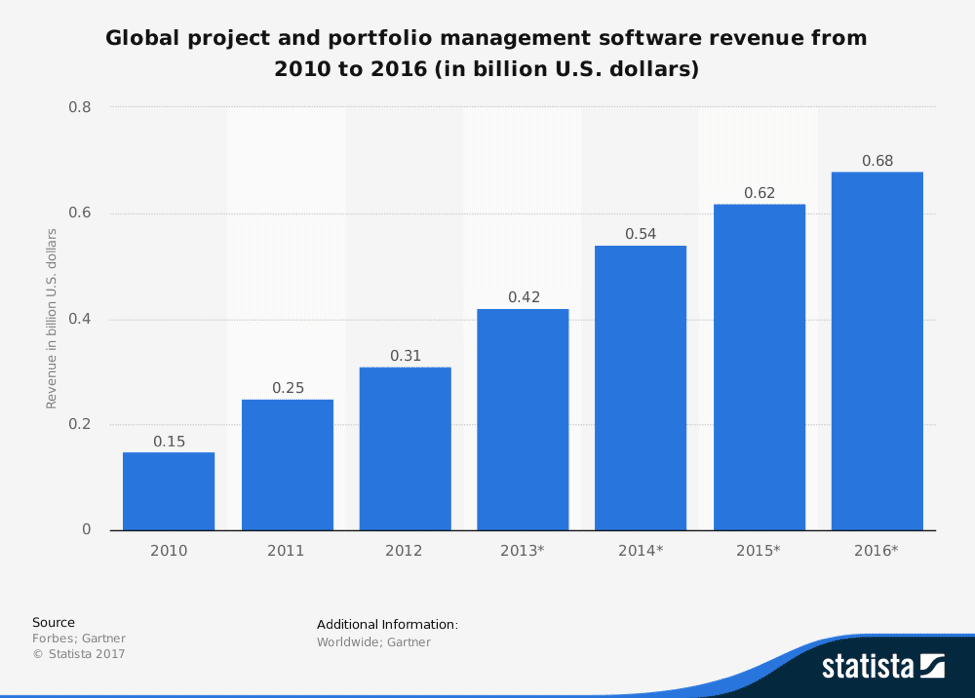
SaaS 101: The Data Behind The Acronyms
Source: Bigstock
"Software as a Service," or SaaS, is a huge part of the cloud computing revolution, especially for small-to-medium business and for large enterprise users. Programs that used to run on mainframes and desktop computers are now cloud-based apps with even greater utility than ever. As they pay for ongoing access to these software services, firms that use the cloud (giving up the old model of software updates installed on local machines) become steady customers. And that makes SAA...
HELLO!
This premium article is exclusively reserved for Subscription Insider PRO members.
Want access to premium member-only content like this article? Plus, conference discounts and other benefits? We deliver the information you need, for improved decision-making, skills, and subscription business profitability. Check out these membership options!
Learn more about Subscription Insider PRO memberships!
Already a Subscription Insider PRO Member?
Please Log-In Here!








